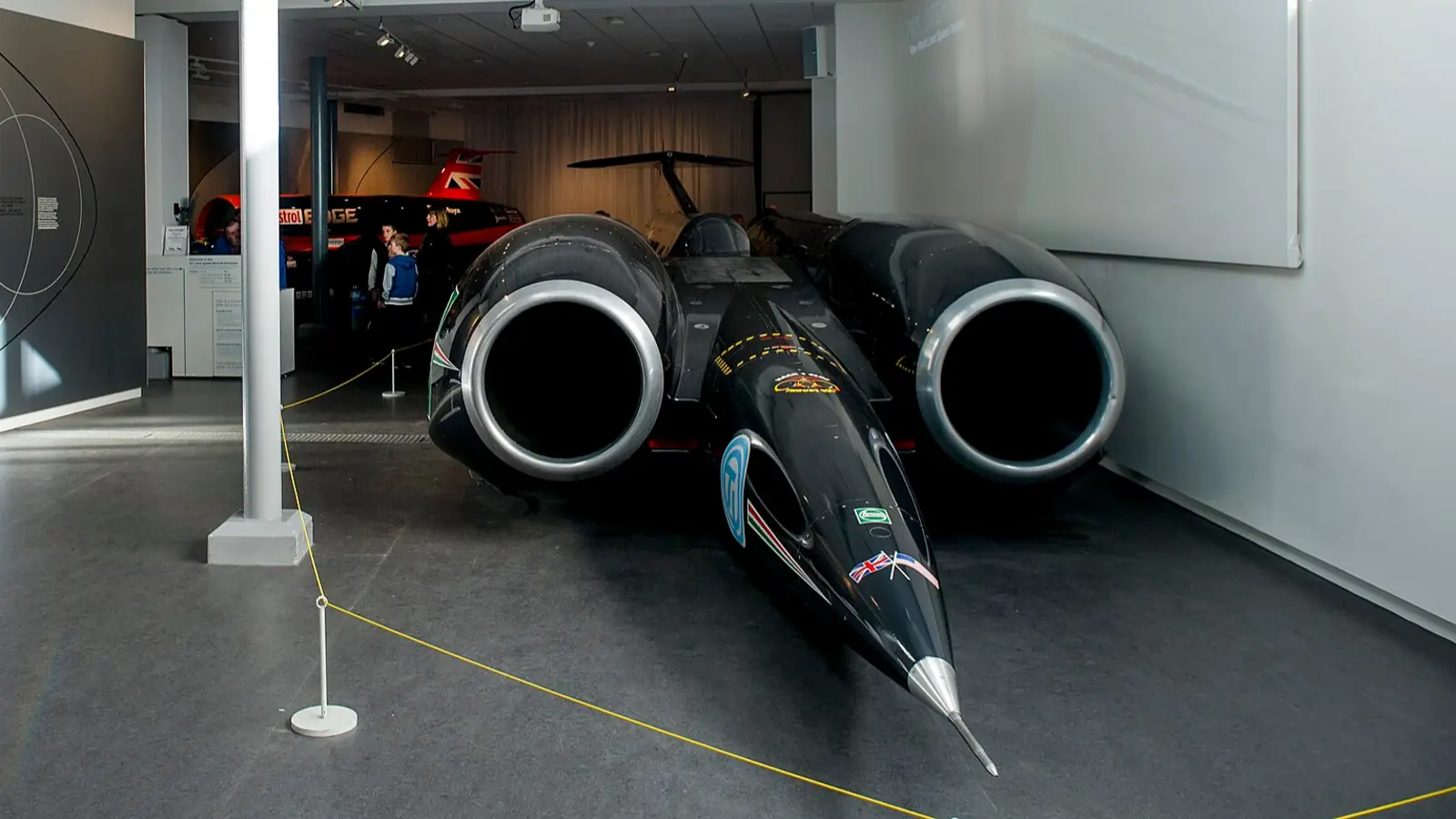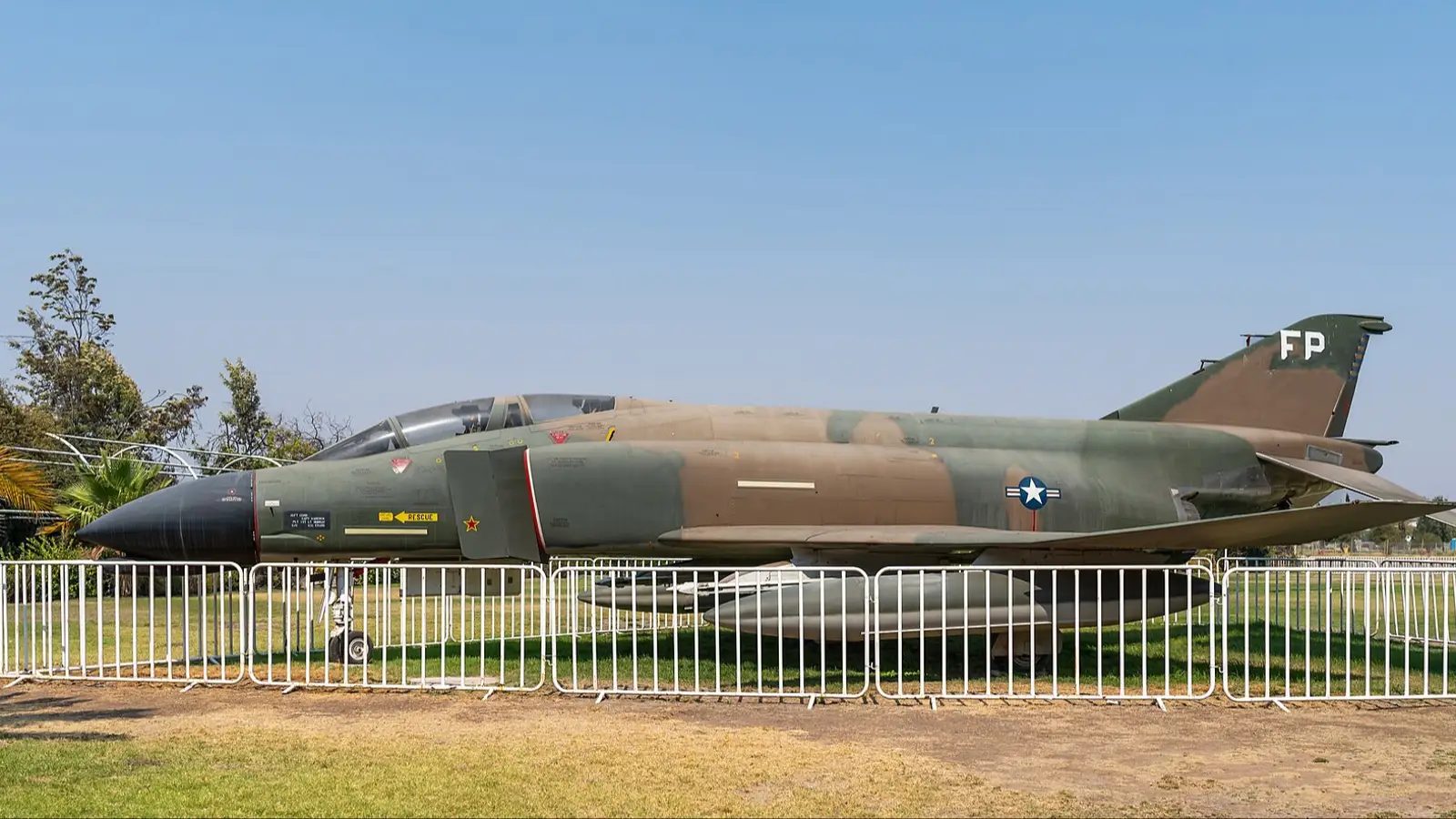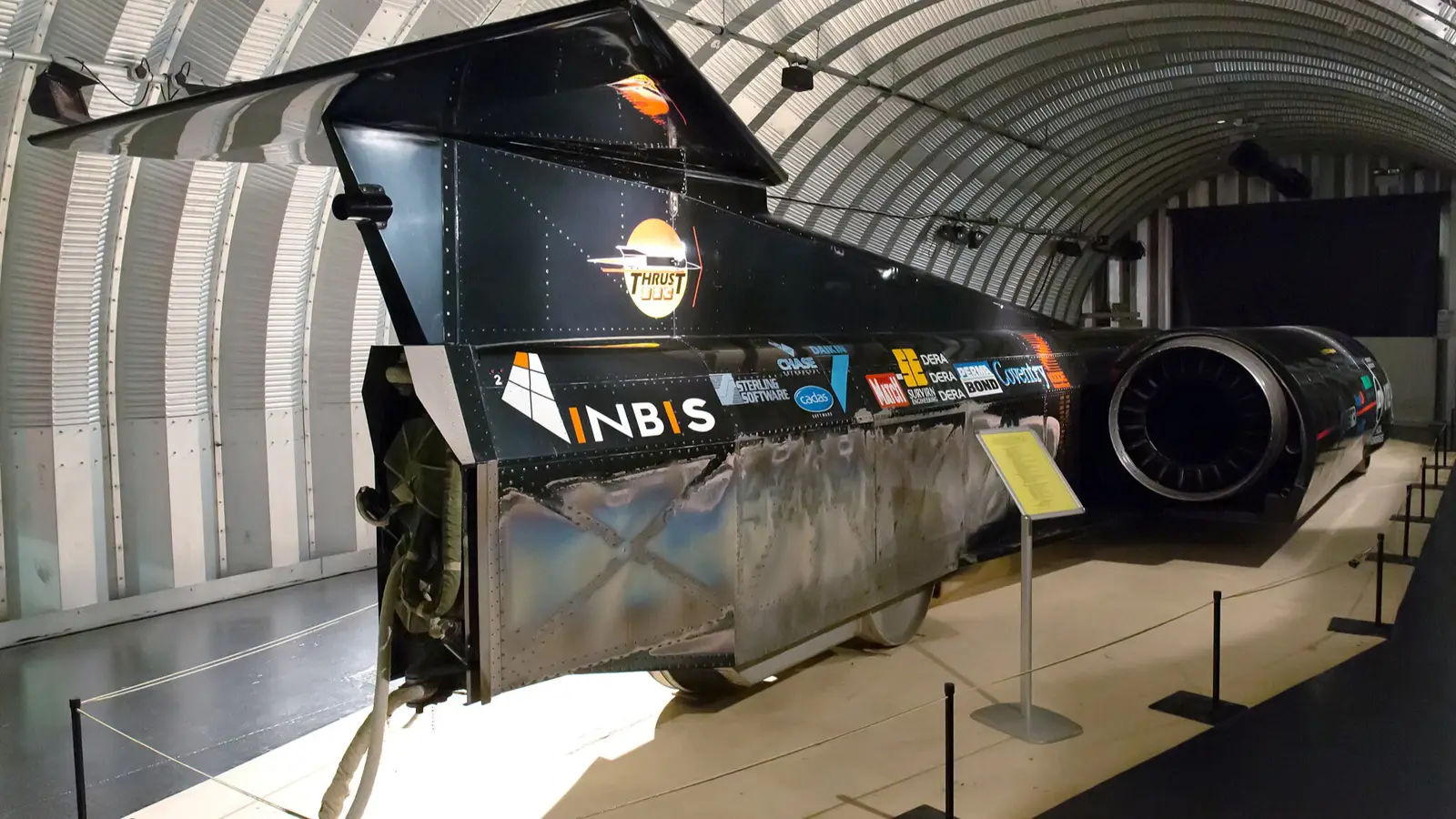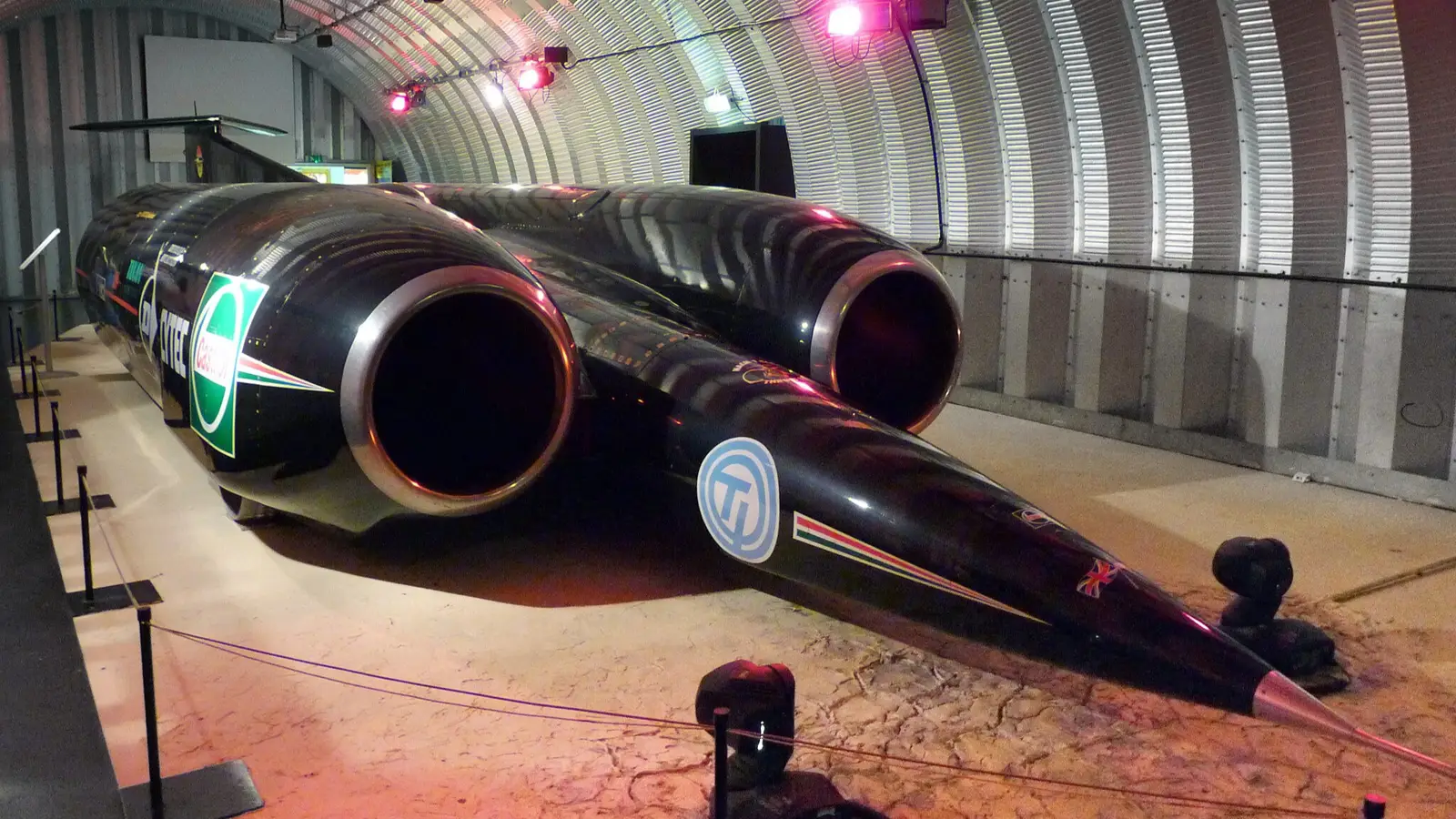Articles
How ThrustSSC Became the First Car to Break the Sound Barrier

Discover how ThrustSSC achieved the first supersonic land record, its engineering features and historic significance. Learn the key facts behind this milestone.
When discussions turn to the fastest car ever built, people often mention Bugatti or other well-known hypercars. Yet there is a machine that stands apart from all traditional comparisons. ThrustSSC was the first land vehicle to break the sound barrier, reshaping our understanding of what a wheeled machine can achieve.
At first glance it looks more like a compact jet aircraft than a car. However, according to the regulations governing world land speed records, it qualifies fully as a ground vehicle: it runs on wheels and accelerates across solid terrain. The fundamental difference lies in its propulsion system — instead of a conventional drivetrain, ThrustSSC relies on jet thrust.
The story dates back to 1983, when British engineer Richard Noble set a world record of 1019 km/h with his jet-powered Thrust2. At that time the sound barrier was just 169 km/h away, turning the remaining gap into an irresistible challenge. Fifteen years later, several teams entered the competition to break the record, including a McLaren project producing 36,000 horsepower. Yet it was Noble who ultimately succeeded, presenting a new machine: ThrustSSC, the Supersonic Car.

The vehicle’s dimensions were remarkable: around 16.5 meters long, 3.7 meters wide, and weighing roughly 10.5 tons. Its defining feature was a pair of Rolls-Royce Spey turbofan engines — the same type used on the British version of the McDonnell Douglas F-4 Phantom II. Together they generated an extraordinary 110,000 horsepower. Fuel consumption matched its aviation roots at roughly 18 liters per second, enabling the car to reach 1000 km/h in under twenty seconds and accelerate to 1228 km/h in about thirty.
The cockpit sat between the two engines, with controls based on aviation principles. This time Noble chose not to drive the vehicle himself, entrusting the role to RAF pilot Andy Green. Green later said that once he learned the car would run on Rolls-Royce Spey engines, he immediately felt he had to be the one behind the controls.

The record-breaking runs took place on the dried lakebed of Nevada’s Black Rock Desert. After extensive testing and preparation, the decisive day finally arrived. Green found himself in a ten-ton machine flying just centimeters above the ground, pushing through speeds at which the car became nearly uncontrollable. He covered a kilometer in only three seconds — an experience where fear and exhilaration merged into one.

On October 15, 1997, ThrustSSC officially became the first car to break the sound barrier. Its record remains unbeaten. Despite new projects aiming to challenge the milestone, none has yet surpassed ThrustSSC. Perhaps a new contender will emerge one day, but for now, the machine remains a symbol of engineering ambition and boundary-pushing innovation.
2025, Nov 18 22:36


